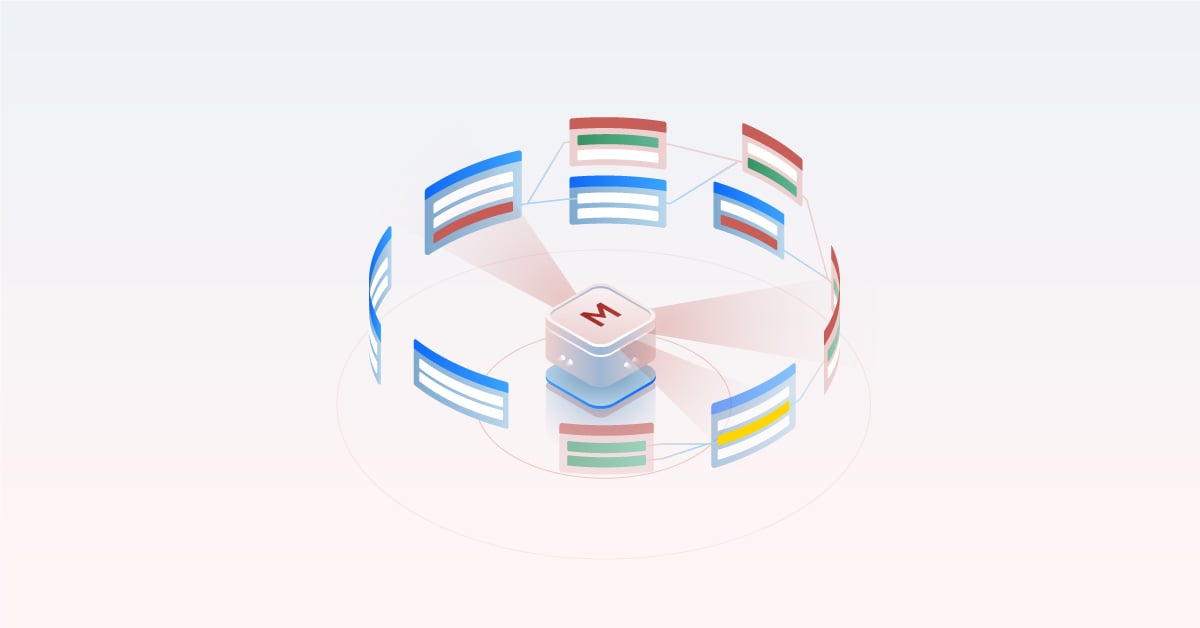
In recognition of World IoT Day, now is a good time to reflect upon the rapidly growing Internet of Things (IoT) landscape. As use cases flourish, organizations are collecting vast amounts of data through IoT devices. At the same time, regulators are honing in on the importance of data privacy and management. This results in increased pressure to properly manage the IoT data collection process.
IoT devices constantly gather data to drive automated decision-making. The data collected is often personal information that must remain secure to comply with data privacy regulations. To ensure data security, the organizations collecting data need to know exactly where the data started, where it ended up, and how it changed along the way. In short, they need data lineage.
Read on as Ernie Ostic, our SVP of Products, offers insight into how data lineage can improve your organization’s IoT data collection management.
To begin, what is the Internet of Things?
The Internet of Things, or IoT, refers to a network of physical objects that can connect to and exchange data with other devices. This data exchange occurs via sensors, software, or other technologies embedded into the physical objects. IoT devices have the unique ability to communicate real-time data, either through the internet or another communication network, without human intervention.
Walk us through some of the ways IoT is being used today.
It is not an exaggeration to say that IoT is all around us. From smart home devices to healthcare, financial services, and even home utilities, there are many practical applications of IoT in our everyday lives. Here are just a handful of emerging IoT use cases.
Smart home devices: On a larger scale, there are buildings that can collect real-time information about their neighborhoods. Within individual homes, smart appliances can connect to mobile phones to make everyday tasks easier. For example, smart refrigerators can monitor their own inventory levels in real-time and add items to a grocery list. Smart home devices can also come as smart speakers, lights, doorbell cameras, medication dispensers, and other devices that automate everyday tasks.
Healthcare: Healthcare is one of the most highly monitored and regulated industries in the world, and for good reason. In the context of IoT, there are health-tracking wearable devices like fitness monitors, smartwatches, and pacemakers, which allow medical providers to track patient health on an ongoing basis. The collection of data about an individual’s health may be regulated under HIPAA, making it important for health organizations and insurance companies to keep this information secure.
Finance: IoT use cases in financial services come as payment methods, apps, microchip technology, cards, sensors, and more. For example, data collection can be used to automatically calculate individual rates for term-based insurance or other financial products and services. These rates are adapted to the person’s real-world behavior and data rather than an estimated mathematical model.
Retail: IoT locating technologies and on-product sensors can enhance the customer shopping experience by sending instant personalized promotions, sharing customer reviews, and offering remote payment options. Smart grocery stores are already experimenting with sensors that automatically track customer movement, detect stock levels, and offer cashierless checkout. Microchips or sensors inside goods can also help companies automate stocking processes.
Utilities: Networks of connected sensors among household appliances and devices can regulate the amount of electricity used in a home, autonomously control home energy consumption, and optimize intake. This can also optimize large-scale energy grids.
How can organizations improve visibility into and management of their IoT data collection?
Generally speaking, data collected by IoT devices is loaded into applications that move and transform real-time data so it gets to its next location. If the journey of that data is not mapped out, the risk of non-compliance with data privacy and management regulations increases.
Using data lineage, organizations can better understand where they’re at when it comes to IoT data collection. But this is not to say that data lineage is needed for IoT directly—tracking every single device for lineage would be overwhelming and not particularly useful. Rather, it means that IoT data collection is raising the bar regarding data privacy concerns and compliance with data regulations like GDPR and CCPA.
Data lineage gives companies complete visibility into the flow of the data they have collected. This visibility helps companies understand their risks and ensure regulatory compliance. Lineage can help expose any potential risks and also suggest where certain personal data should be aggregated and/or masked so that it can be used in analytics without risking a breach or leak of privacy-oriented data.
Ernie, any parting thoughts on IoT?
IoT use cases have grown rapidly in recent years, with more to come. These developments are exciting, but the amount of personal data that organizations need to collect to enable these use cases can’t go ignored. Whether the data is stored in a data warehouse or on the cloud, it must comply with the applicable data privacy regulations. This is why IoT data collection efforts can be improved with data lineage.
Ready to learn more? Leave us a note in the form, or let us know via email at manta@getmanta.com.